Weightlifting shoes should fit snugly, providing stable support without constricting movement. They must allow minimal internal foot movement to enhance lifting performance.
The right weightlifting shoes are crucial for comfort and function during your workouts. A good pair of weightlifting shoes supports optimal performance by providing a solid base for your lifts. Designed with a non-compressible sole, a secure strap, and an elevated heel, these shoes can significantly improve your lifting technique.
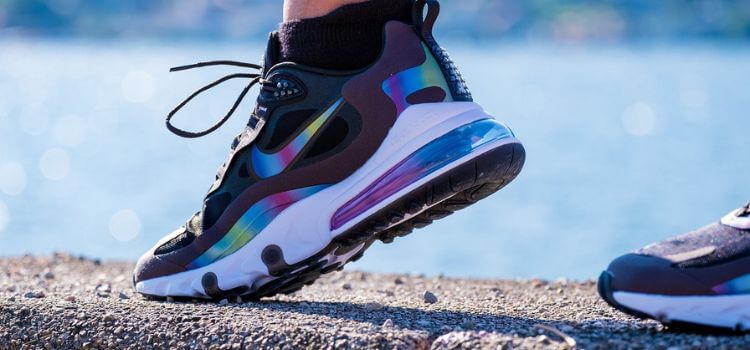
They’re engineered to distribute weight more evenly across your foot, allowing better balance and positioning for squats, deadlifts, and Olympic lifts. Perfectly fitting weightlifting shoes will boost your confidence and help reduce injury risks by ensuring proper alignment of your feet and ankles. Remember to choose a pair that compliments the contours of your feet while giving just enough room for your toes to flex naturally.
Introduction To Weightlifting Shoes
Introduction to Weightlifting Shoes – why is it that these specialized sneakers are turning heads in gyms around the world? To perform at your best, the right gear is critical, and that’s where weightlifting shoes sprint into the spotlight. They’re not just another pair of fancy footwear; they’re the foundation of your lifting regimen. Let’s dive in!
Understanding The Purpose Of Weightlifting Shoes
It all starts with stability. Weightlifting shoes offer a solid base, which is crucial when hoisting heavy weights. Picture them as tree roots gripping the earth to hold it steady.
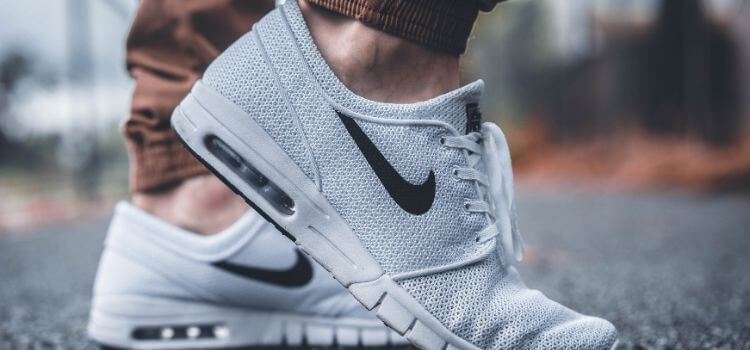
The shoes feature elevated heels. This design isn’t for style—it’s science. High heels can improve squat depth and enhance posture. Say goodbye to shaky squats and hello to power.
Support and security come next. Straps often accompany laces for an unyielding grip on your foot. These shoes mean business- keeping your ankles snug and your mind focused.
Critical Differences Between Weightlifting Shoes And Regular Trainers
| Weightlifting Shoes | Regular Trainers |
| Stiff soles for maximum stability | Flexible soles for various activities |
| Elevated heels for squat depth | Flat heels suited for comfort |
| Secure straps for a tight fit | Laces or slip-ons for Easy Wear |
The rigid sole of a weightlifting shoe differs from a regular trainer’s bendy base. Your squats may thank you, but your sprints won’t – these shoes are not runners.
Heels are another noticeable difference. Elevated for power, they contrast starkly with the even soles of trainers, which cater to comfort over performance in lifting weights.
Lastly, weightlifting shoes come armed with a secure fit — typically not just laces but also additional straps — ensuring minimal foot movement inside.
Criteria For The Ideal Fit
Finding the perfect weightlifting shoes is crucial for both safety and performance. Ensuring the ideal fit can dramatically impact your lifts. Covering heel height, size, midfoot security, and toe movement, this guide helps you select the best weightlifting shoes.
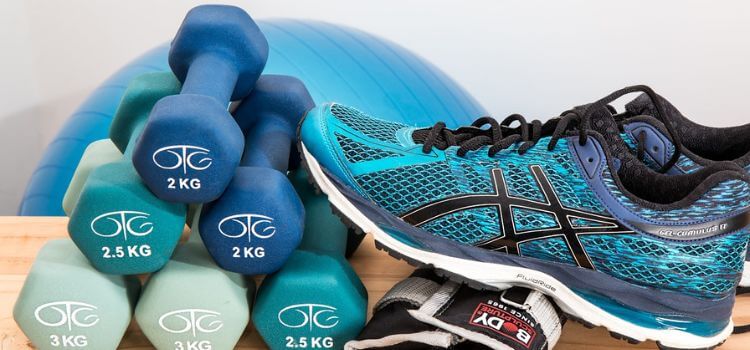
The Role Of Heel Height In Stability And Performance
Heel height in weightlifting shoes varies. It affects your squat depth and stability. A higher heel can improve posture and balance during lifts. It allows for a deeper squat, benefiting those with limited ankle mobility. The ideal heel height should support your lifting style and level of flexibility.
Finding The Proper Size: Length And Width Considerations
Your shoe size must be precise. Too large, and you’ll risk stability. Too small, and you’ll cramp your toes. Measure your foot’s length and width. Choose a shoe that fits snugly, allowing just a slight wiggle room for your toes.
The Importance Of A Snug, Secure Midfoot
A tight midfoot holds your foot in place during lifts. It prevents sliding inside the shoe, which is crucial during heavy lifting. Look for adjustable straps or laces with a lockdown feel around the midfoot.
Allowance For Toe Splay: Balancing Room With Support
During heavy lifts, toes spread out to stabilize your body. Your shoe must allow for this natural movement. Ensure enough room for toe splay without compromising overall shoe support. This balance is vital for both power and safety during lifts.
The Fitting Process: Step By Step
Proper weightlifting shoes are critical to a successful fitness journey. They ensure comfort and can improve your lifting technique. Following a step-by-step fitting process will help you find the perfect pair. Let’s dive into how you should ensure your weightlifting shoes fit just right.
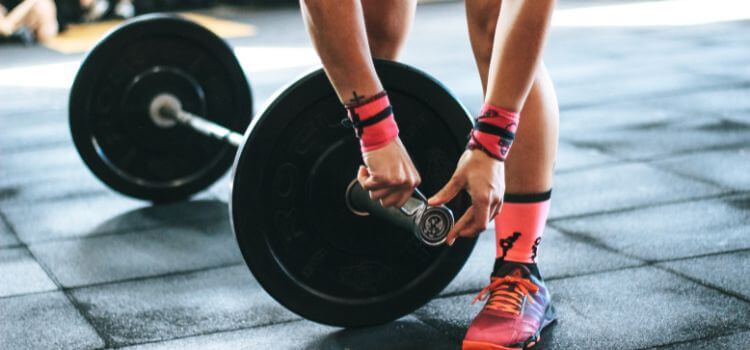
Preparation: What To Wear And When To Shop
Before you shop, wear the right socks. Choose the socks you will wear during workouts. They affect the shoe’s fit—shop in the afternoon or evening. Your feet are most oversized, then. This ensures your boots fit well even during long training sessions.
Trying On Shoes: What To Look For In The Fit
- Heel Support: Your heels should feel secure with no slipping.
- Space at Toe: Leave a thumb’s width between your toes and the shoe front.
- Snug Fit: The shoe should be tight but not painful.
- Width: Your foot should sit flat without bulging over the sole.
Performing A Fit Test: Movement And Load Simulation
After putting the shoes on, do a few exercises. Try squats or similar movements. This simulates actual training. Your feet should remain stable. There should be no pinching or discomfort.
Adjustments And Aftermarket Solutions: Insoles And Lacing Techniques
If you need a better fit, consider insoles or different lacing methods. Insoles provide extra support and cushioning. Lacing techniques can make your shoes tighter or looser. This helps create a custom fit for comfort and performance.
Post-purchase Considerations
After purchasing the right pair of weightlifting shoes, it’s crucial to focus on how they adapt to your feet and last over time. Optimal shoe fit ensures maximum performance and comfort. Proper care extends their lifespan. Know when to replace them for consistent support.
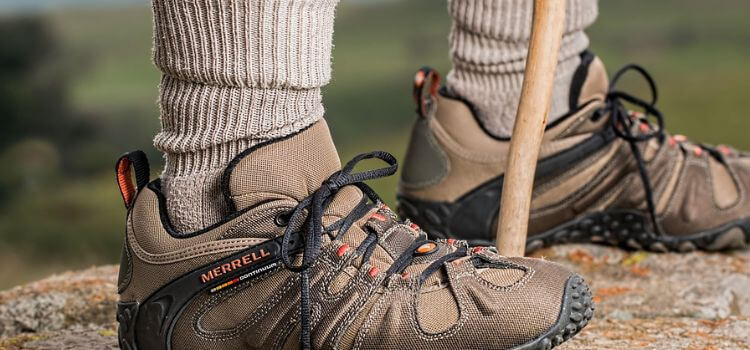
Breaking In Your Weightlifting Shoes: A Timeline
New weightlifting shoes often feel stiff. A break-in period allows shoes to mold to your feet. Here’s a quick timeline to guide you:
- First Week: Wear them for short sessions. Let your feet adjust gently.
- Next Few Weeks: Gradually increase wearing time. Include light workouts.
- One Month: Shoes should feel comfortable. Full workouts are now suitable.
Maintenance Tips To Preserve Fit And Longevity
Keep your weightlifting shoes in top shape with these maintenance tips:
- Use a flexible brush or cloth to remove dirt and dust.
- Store shoes in a cold, dry place away from direct sunlight.
- Avoid moisture buildup. Air them out after each use.
- Use a shoe deodorizer to maintain freshness.
Recognizing When To Replace Your Weightlifting Shoes
Don’t wait for your shoes to fall apart. Look for these signs:
| Sign | Why It Matters |
| Worn Out Soles | Compromised grip affects stability. |
| Stretched Straps or Lace | Feet will shift, reducing precision. |
| Visible Creases | Indicates a breakdown in shoe structure. |
| Uneven Wear | Can lead to poor form and injuries. |
Frequently Asked Questions Of How Should Weightlifting Shoes Fit
Should You Size Up For Weightlifting Shoes?
Weightlifting shoes should fit snugly. Opt for true to size rather than sizing up to ensure maximum stability and control during lifts.
Do Weightlifting Shoes Stretch?
Weightlifting shoes typically have minimal stretch due to their sturdy materials and design for stability. Regular use may lead to slight loosening, but they generally maintain a snug fit.
Do Weightlifting Shoes Need To Be Flat?
Weightlifting shoes don’t necessarily need to be flat; they often feature a slight heel to enhance stability and posture during lifts.
How Do You Know If Shoes Are Good For Lifting?
Good lifting shoes have a non-compressible sole, ample ankle support, a secure strap, minimal heel-to-toe drop, and a broad, stable base. Check for these features to ensure proper lifting performance.
Conclusion
Selecting the right weightlifting shoes is crucial for performance and safety. Ensure they offer a snug fit, adequate support, and comfort during your lifts. Remember, the perfect pair will enhance stability and help you achieve your lifting goals.
Prioritize fit over style for the best weightlifting experience.
